A photograph looks different when it is shot from an unusual point of view. An unusual point of view is a view that many photographers would not have tried. May be it is something very contemporary or unconventional. A conventional photograph is one that is normally shot from a comfortable zone. When we try to jump out of a common path the photo automatically becomes different. The unusual point of view creates an extra attention to the photo.
The following tips may help you to shoot something unusual.
- Come out of the tourist instinct and avoid seeing things from a gallery point of view or a tourist guide’s point of view.

- Go around the subject if possible or visualize the other sides of the subject.
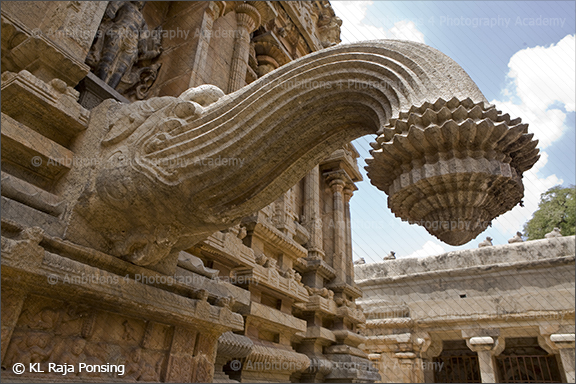
- Step out of the common path…and refrain from shooting along with most other persons with a camera.
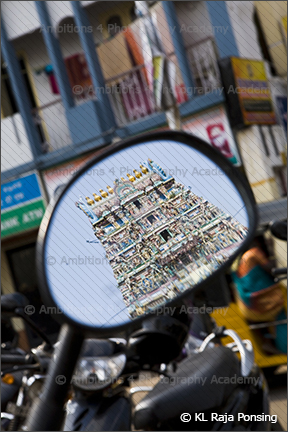
- Avoid eyelevel point of view as far as possible. Look at the subject little from a low level or climb up little elevations.
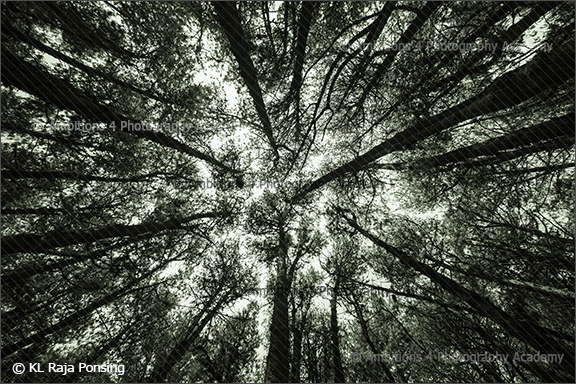
- Include some interesting foreground… a suitable or meaningful foreground will make the point of view truly unusual.

- Shoot through arches, doorways, holes, fences, jolly etc. to make it interesting.
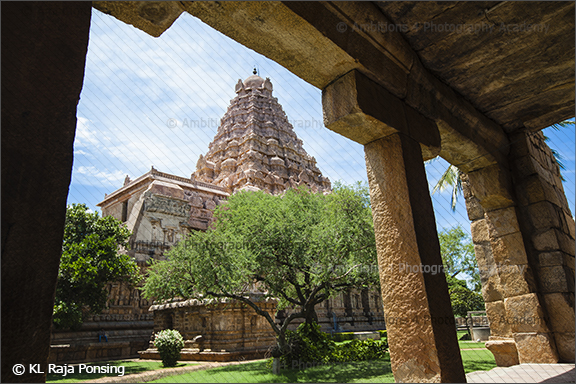
- Look for interesting reflections in the foreground or background.

- Shoot people from others point of view – an over the shoulder shot will be exciting and unusual.
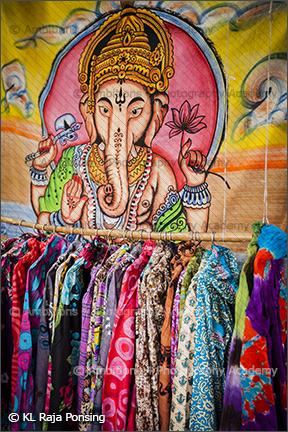
- Overlap the subject meaningfully on to a suitable background to make the subject unusual.
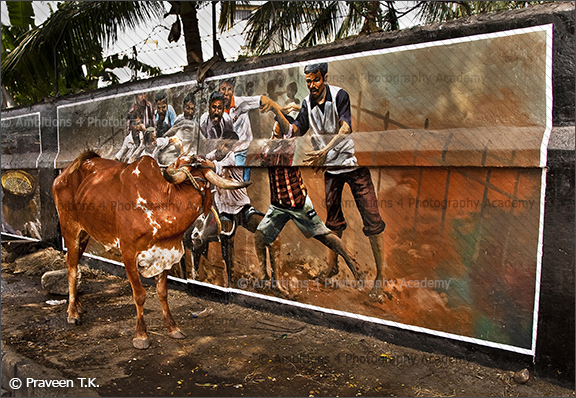
- Use extra wide-angle lenses for unusual perspective distortions and visual effects.
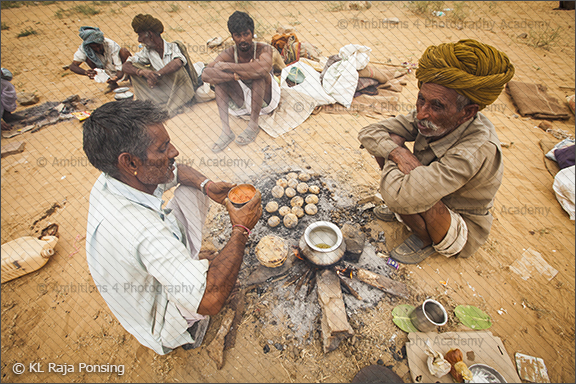
If you found this article useful, please check our Diploma in Professional Photography course , where we explore all the professional aspects of photography in detail. It is an intensive 6 months fulltime course
